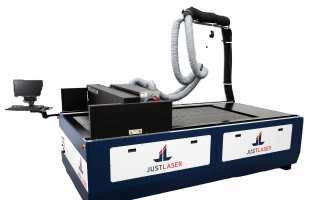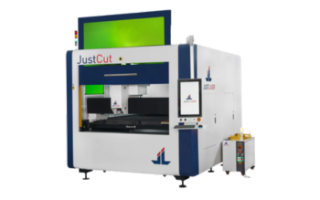- Laser Machines
-
Benefits of laser technology
- Laser Cutting instead of CNC Milling
- All the benefits of buying your own laser machine
- Laser engraving instead of sandblasting
- Laser Cutting VS Cutting Plotter
- Laser Cutting VS Water Jet Cutting
- Laser engraving machine instead of an engraving machine
- Laser marking instead of needle embossing
- Laser marking instead of etching
- Inkjet vs laser processes
- Engraving metal with a laser engraving machine
-
Laser Applications
- About us
- Contact
- Blog
- Laser Cutting
- Acrylic
- Aluminium
- Aramids and Kevlar
- Architectural Models
- Sheet Metal and Copper
- Corian
- Seals
- Finishing
- Stainless Steel
- Fab labs and Universities
- Felt
- Front plates
- Wood
- Handicrafts
- Leather
- Metal
- Paper and Cardboard
- Polycarbonate
- POS Displays
- Product design and prototyping
- Foam
- Toys
- Styrofoam
- Film
- Textiles
- Packaging
- Business Cards
- Laser Cutting instead of CNC Milling
- All the benefits of buying your own laser machine
- Laser engraving instead of sandblasting
- Laser Cutting VS Cutting Plotter
- Laser Cutting VS Water Jet Cutting
- Laser engraving machine instead of an engraving machine
- Laser marking instead of needle embossing
- Laser marking instead of etching
- Inkjet vs laser processes
- Engraving metal with a laser engraving machine


